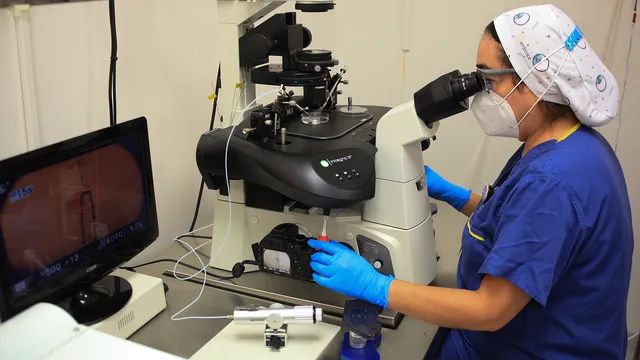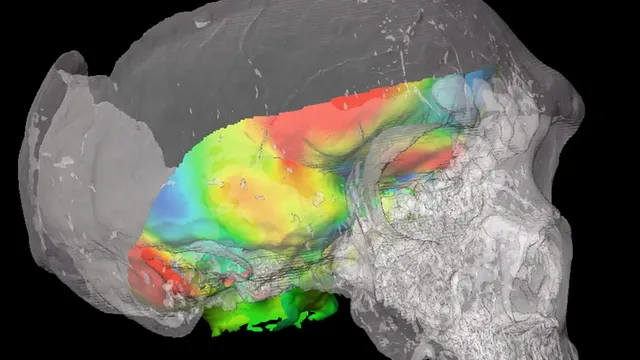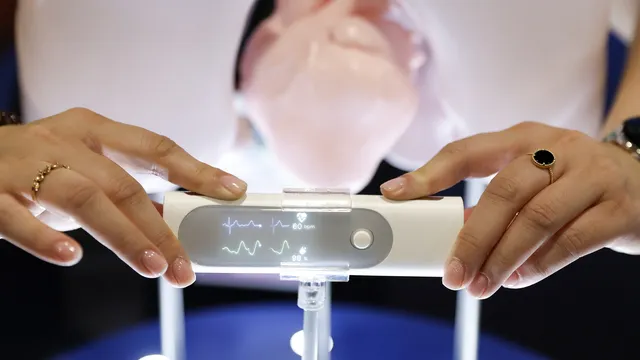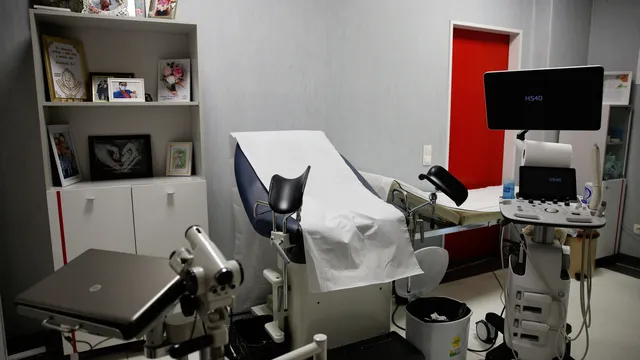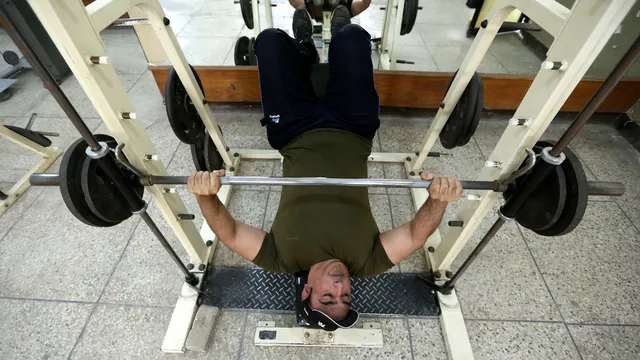Eight children in the United Kingdom have been saved from severe genetic disorders thanks to an innovative in vitro fertilization procedure involving genetic material from three individuals—the mother, the father, and an anonymous donor, Reuters reports. This was announced by scientists from Newcastle University in an article published in the New England Journal of Medicine.
The method, which is banned in the United States, aims to prevent the transmission of mutations in mitochondrial DNA—the cell's "powerhouses." Such mutations can cause incurable and often fatal diseases affecting organs with high energy demands, such as the brain, heart, liver, muscles, and kidneys.
The technique works by isolating the nucleus from the mother’s fertilized egg—which contains DNA from both parents—and transferring it into a donor fertilized egg, whose own nucleus has been removed beforehand. This creates an embryo with healthy mitochondria from the donor but with genetic information from the parents.
According to the data, mitochondrial DNA mutation levels in six of the newborns were reduced by 95% to 100% compared to the levels found in their mothers. In the remaining two children, the reduction was between 77% and 88%. All babies were healthy at birth and are developing normally, with no identified abnormalities.
The procedure was performed on 22 women whose children were at high risk of inheriting mitochondrial diseases. Eight of them have given birth, one is currently pregnant, and no complications were reported among the others. No miscarriages were registered.
"These results are the culmination of decades of work—not only scientific and technological, but also ethical, legislative, and organizational," commented Dr. Andy Greenfield from Oxford University, who was not involved in the study. According to him, the accumulated data will serve as a foundation for future research.
The United Kingdom became the first country in the world to legalize mitochondrial donation in 2015. That same year, the U.S. Congress effectively banned the use of the technique through legislation blocking FDA funding for such research, classifying it as "heritable genetic modification."
Now, with the first successful births, the technique is emerging as a potential lifeline for future parents carrying severe genetic risks, marking the beginning of a new era in reproductive medicine. | BGNES

 Breaking news
Breaking news
 Europe
Europe
 Bulgaria
Bulgaria
